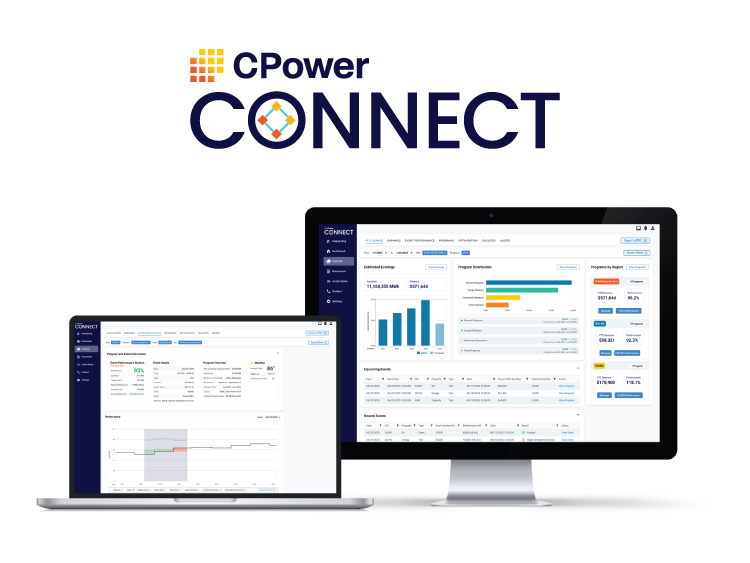Your Energy Assets Have Value. We Pay You to Unlock It.
CPower’s Virtual Power Plant Platform monetizes your energy through demand response and energy flexibility programs while supporting a cleaner, more reliable grid.
DER
Capacity
Grid Revenue Paid to
Customers Since 2015
Customer Sites
Across the U.S.
Metric Tons of C02
Avoided in a Single Year
CPowered® Solutions for Your Industry
CPower turns your energy flexibility into financial opportunity. From crypto mining to healthcare, education to industrial operations, CPower customizes monetization strategies that unlock revenue, reduce costs and strengthen the grid — all without disrupting your core mission.
Data Centers
Crypto Mining
Public Sector
Education
Healthcare
Retail
Real Estate
Industrial
Distributed Energy Projects
Tech Partners
Simplifying Demand Response with Smart Technology
CPower CONNECT gives you the tools to view, manage and unlock the full value of your energy assets, all in one secure platform.


Simplifying Demand Response with Smart Technology
CPower CONNECT gives you the tools to view, manage and unlock the full value of your energy assets, all in one secure platform.







